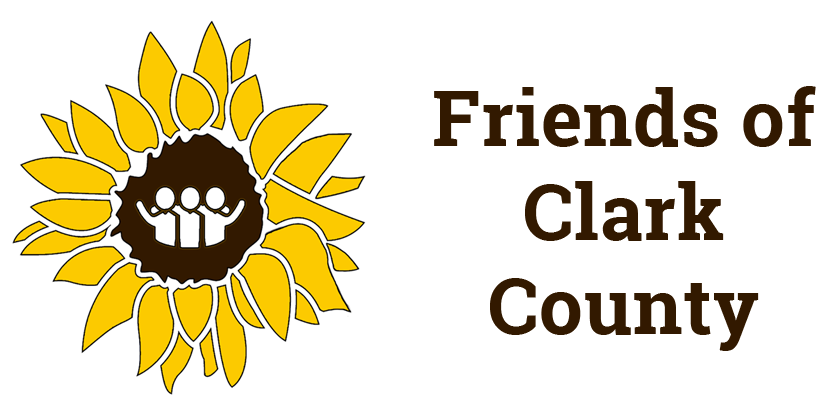Friends of Clark County’s 2025 Farmer Survey
Background
In Spring 2025, FOCC reached out to farmers to ask them to take a survey with the goal of collecting information from farmers who are actively producing for the local market in order to:
- Engage them on topics that matter to them and connect them to local resources, and;
- Find farmers willing to use their voice, time, and expertise to advance agricultural viability in Clark County.
Outreach and Participation
We compiled a list of farms from multiple sources, including: FOCC board members, farmers market managers, other farms, and online resources. We had valid email addresses for 94 farms, and sent each farm 3 emails to ask farmers to complete the survey. The survey was published in our newsletter and social media was also shared with Clark CD Clark Conservation District, the farm-info-share Google Group, and farmers market managers.
We received 45 responses to the survey for a response rate of just over 48%. It should be noted that this number is just a small sample of the 1,927 farms in Clark County (Source: 2022 USDA ag census).
Survey Results
Farm Founding Date
Farms who responded were founded as early as 1883 and as late as 2025, representing 142 years of farming in Clark County.
Ties to the land
The majority of respondents own the land that they farm on, with about a quarter leasing or supplementing land they own with leased acres.
What Farms are Growing in Clark County
Top crops grown include: vegetables, fruit, flowers, herbs, and eggs.
Sales
Farmers in Clark County have diverse methods for selling their crops. Top methods are online sales, wholesale, farmers market, farm stands and farm stores, and Community Supported Agriculture (CSA) / subscription models.
Issues
The top issues reported by farmers were:
- Farmers having a say in county code and land use decisions (64.4%)
- Loss of farmland due to urbanization (64.4%)
- Access to affordable land (57.8%)
- Land use decisions such as zoning and urban growth boundaries, etc. (57.8%)
- Availability of ag land (55.6%)
- County codes (rules and policies impacting farmers (55.6%)
Here are some responses from farmers in their own words (selected responses):
- “I depend on my well and worry that upstream residents may pollute the water table.”
- “We currently lease land and would like to own land to farm someday. The cost of farmable land is our biggest challenge when thinking about our farms’ future.”
- “Urban sprawl is killing our communities and natural resources as it has done in every community in which it occurs. Keep the urban urban.”
- “Showing the community the value and importance of having AG within their community. It has to shift from strip malls and fast casual dining, to local, cook and preserve yourself, nutritional foods.”
- “Farmers need an ombudsman with Clark County — someone both sides will listen to. I’m hopeful the Ag Committee will help.”
- “We purchased land in Wahkiakum County in 2023 due to prices in Clark County, and I have to say- Wahkiakum county is so much more affordable, easier to work with the county and doesn’t have as many policies and rules preventing farmers from doing what they need to grow their businesses and survive. It’s likely that if/when our lease on the Vancouver farm ends, we’ll move our business there..”.
- “The population growth in our county coupled with the lack of respect for the importance of agriculture and local food systems at the county and city levels is extremely discouraging. Because of the diversity of products, varying methods of production, and disconnection from each other, we farmers are invisible to pretty much everyone in the county. It is infuriating that we have some of the best soils in the world to grow food and that asset is not protected. Many farms are turning to agritourism to make ends meet which in my mind is a tragedy. We are taking an essential human need (food) and commodifying it to entertain people.”
- “My farm relocated outside of Clark County due to the various land use & access issues listed above. The Working Farmland Easement from East Multnomah Soil and Water Conservation District made purchasing the 13.5 peri-urban farm in Multnomah possible.”
